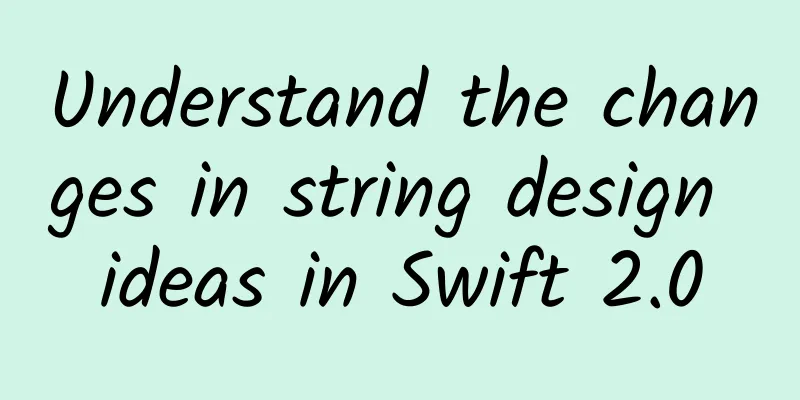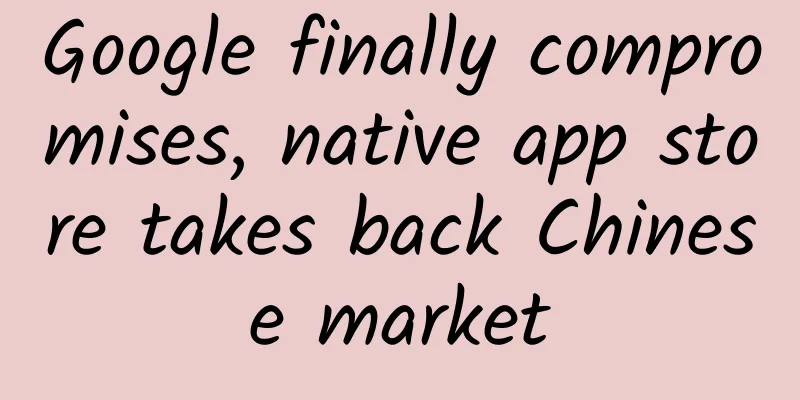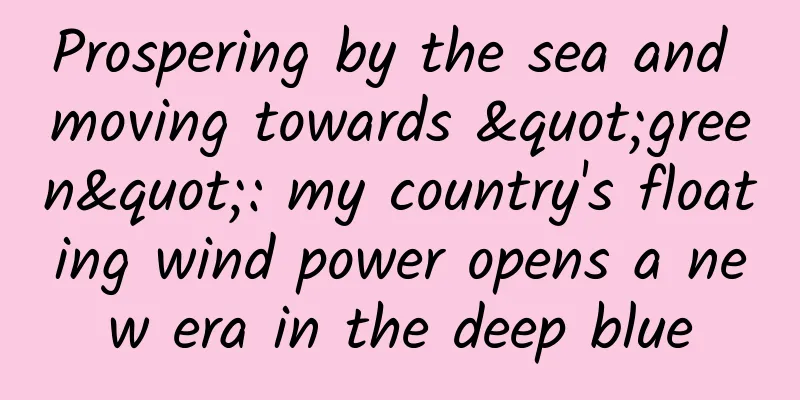Understand the changes in string design ideas in Swift 2.0

|
Swift provides a high-performance, Unicode-compatible String implementation as part of the standard library. In Swift 2, the String type no longer conforms to the CollectionType protocol. Previously, the String type was a collection of characters, similar to an array. Now, the String type provides a collection of characters through a characters property. Why the change? While it seems natural to model a string as a collection of characters, the String type behaves very differently from real collection types like Array, Set, and Dictionary. This has always been the case, but with the addition of protocol extensions in Swift 2, these differences necessitated some fundamental changes. More Than the Sum of Its Parts When you add an element to a collection, you want the collection to contain that element. That is, when you add a value to an array, the array contains that value. The same applies to Dictionary and Set. However, when you append a combining mark character to a string, the contents of the string itself are changed. For example, the string cafe contains four characters: c, a, f, e:
If you append a COMBINING ACCENT CHARACTER (U+0301 ?) to the end of the string, the string still has four characters, but the last character is now é:
The characters property of the string does not contain the original lowercase e, nor does it contain the accented ? that was just appended to it. The string is now a lowercase é with an accented ?:
This can be surprising if you try to treat strings like any other collection type, like if you add UIColor.redColor() and UIColor.greenColor() to a collection, the collection will report that it contains a UIColor.yellowColor(). Judging by character content Another difference between strings and sets is the way they handle equality.
However, equality of the String type is based on canonical equality. If two strings have the same semantics and appearance, they are canonical equal even if they are actually constructed with different Unicode codes. Consider the Korean writing system, which consists of 24 letters, or Jamo, consisting of individual consonants and vowels. When written, these letters form the characters for each syllable. For example, the character ([ga]) is made up of the letters ([g]) and [a]. In Swift, strings are considered equal whether they are made up of decomposed or composed characters. This behavior is again different from collection types in Swift. It is surprising that the values and in the array are considered equal to . Depends on your perspective Strings are not collections. However, they do provide a number of views that conform to the CollectionType protocol: characters is a collection of values of type Character, or extended grapheme clusters. unicodeScalars is a collection of Unicode scalar values. utf8 is a collection of UTF-8 code units (UTF-8) utf16 is a set of UTF-16 code units (UTF-16) Let’s look at the previous example of the word “café”, which is made up of the individual characters [c, a, f, e] and [?]. Here’s what the Views for various strings would contain: The characters property segments text into extended glyph clusters that approximate the characters that the user sees (c, a, f, and é in this case). Since the string must be iterated over every position (called a code point) in the string to determine the boundaries of characters, accessing this property has a linear O(n) time complexity. When processing strings containing human-readable text, high-level locale-sensitive Unicode calculations, such as the localizedStandardCompare(_:) method and the localizedLowercaseString property, need to process characters one by one. The unicodeScalars property provides the quantifier value stored in the string. If the original string was created with the characters é instead of e + ?, this would be represented by the unicodeScalar property. Use this API when you are performing low-level operations on the data. The utf8 and utf16 properties respectively provide the code points they represent; these values correspond to the actual number of bytes written to a file when the string is converted, and are from a specific encoding. UTF-8 code units are used by many POSIX string processing APIs, while UTF-16 code units are always used to represent string lengths and offsets in Cocoa and Cocoa Touch. For more information about characters and strings in Swift, see The Swift Programming Language and The Swift Standard Library Reference. |
<<: The new generation of iPhone is coming. What preparations do mobile developers need to make?
>>: Google Now employees leave due to dissatisfaction with new CEO's restructuring plan
Recommend
360 search promotion, 360 promotion account opening
As a search engine bidding promotion media, 360 S...
Audio of 23 educational methods of famous teachers from Beijing No. 4 Middle School
Audio of 23 educational methods of famous teacher...
Kuaishou brand account operation plan!
2021 is the first year of brand self-broadcasting...
Are there primitive creatures in the tiankeng?
Shan Keqiang Humans are always curious about unkn...
How do operations personnel start to increase user scale to ensure product revenue?
First, a common question: What is the most import...
How much does it cost to develop a Neijiang household appliance mini program? Neijiang household appliances applet development price inquiry
How much is the quotation for Neijiang home appli...
Be careful if you have such "blackheads" around your nose, as they may be skin cancer!
Audit expert: Zhang Yuhong Chief Physician of Der...
Is the "Hellhound" variant "killing people like crazy" in Japan? Here's the truth!
Since the global outbreak of the COVID-19 pandemi...
Dismantling the big size: Without fission, how can we achieve monthly sales of tens of millions through social e-commerce?
The large model that we are going to disassemble ...
Douyin Blue V certification is fully open today, sharing 6 core skills for Douyin operations!
Yesterday afternoon, Douyin officially held a mar...
Baidu bidding promotion strategy formulation method
Whether it is SEO or SEM bidding paid advertising...
WP10 may be renamed Windows Mobile 10, weird name?
Editor's note: I am exhausted from complainin...
So what if I’m on the list? Faceu’s genes destined him to be a failure soon!
Recently, Faceu Technology has made its presence ...
See the big picture from the small details and make science within reach: Science Popularization China Lite is here!
On January 16, 2024, at the "2023 Science Po...









